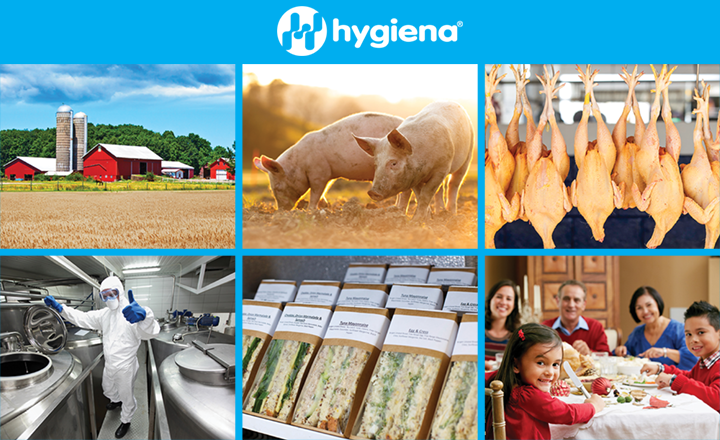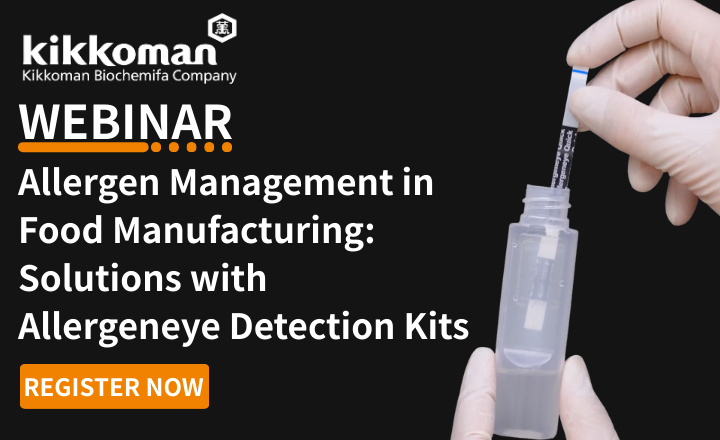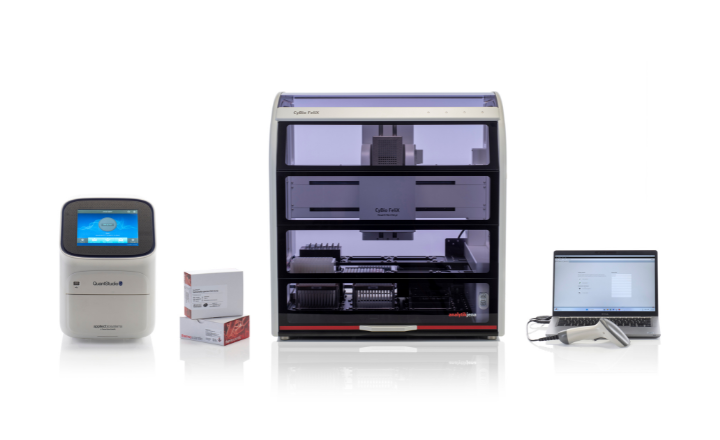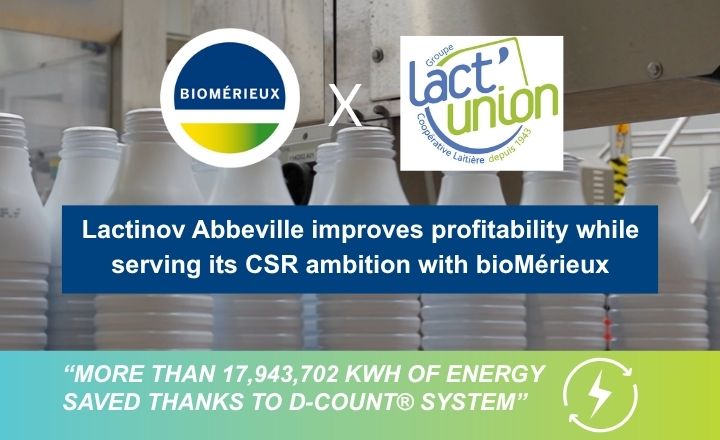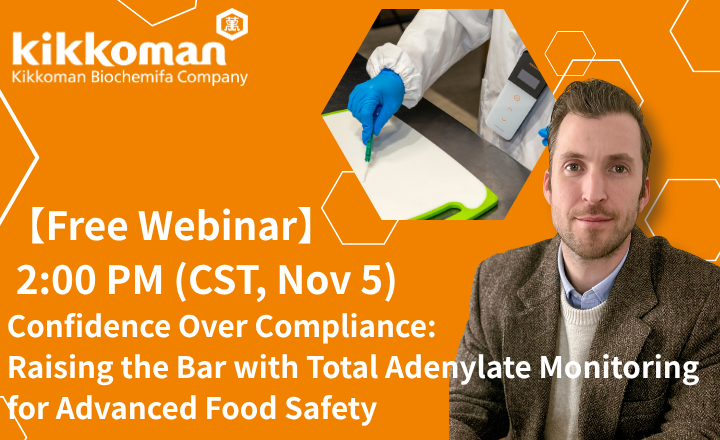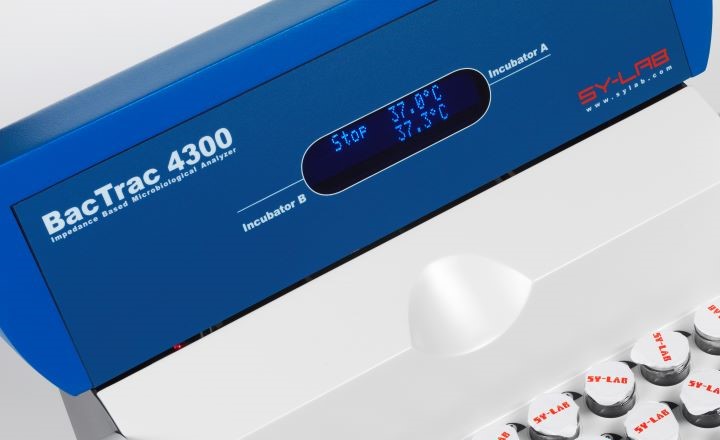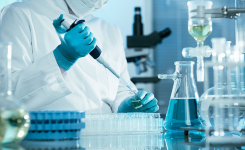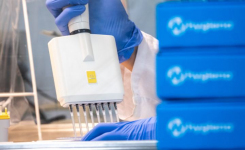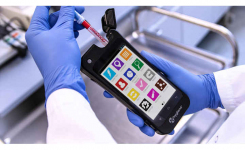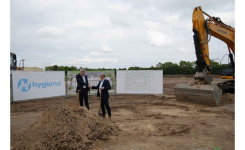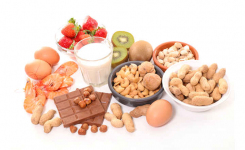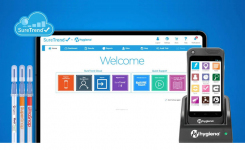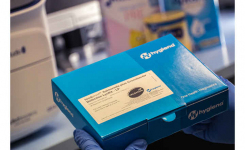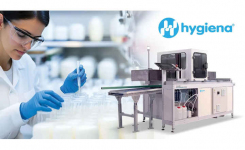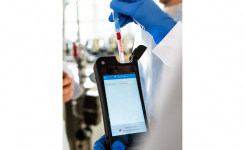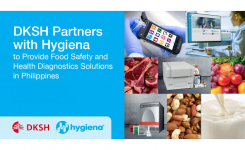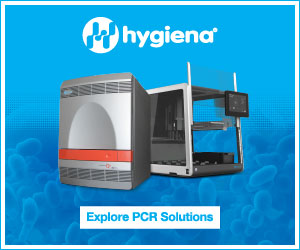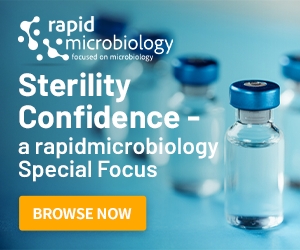Generally, when we consider food processing, we don’t consider the role of the entire food supply chain when it comes to minimizing risk of contamination. However, it is vital to assess when implementing a food safety program within any facility as sources of contamination can be found at every step in the process.
Often, a final food product originated on a farm and was processed, manufactured and sold via multiple steps in multiple facilities, where it finally was purchased by a consumer. Traceability along that pathway and testing at each step ensured the food was safe for consumption and free of contaminants, including pathogens, spoilage organisms and cross-contaminating allergens. By taking a One Health approach, and examining all angles – from human to animal to plant to environmental, it is easier to identify shared health threats globally.
As an example, consider the livestock industry (meat and poultry). Animals are raised on a farm and fed grains and nutrients obtained from other locations. Grains must be free of mycotoxins and often need to be validated as GMO-free. Animals then consume these grains – if contaminants are present, it can impact the animals’ health and overall fitness for the food supply chain. The next step, processing, can introduce a number of microbiological hazards, from pathogens to spoilage organisms, to cross-contaminating hazards, all impacting overall product quality and suitability for sale.
As part of this processing, the meat and/or poultry may be further processed into a mixed-source product (such as a meat spread with fillers and spices) with the addition of other components to manufacture a meat-containing product. This is then used to make a second product (such as a sandwich with lettuce and tomato) which is then packaged and sold to retailers. During these steps, the risk of additional contaminants is high. This is where cross-contamination risk is at its highest. In addition, proper labelling must be included on this final product, meaning material must be accounted for through strict testing and labeling requirements. This is where allergens often are introduced along with additional pathogens and spoilage organisms.
Of course, the consumer expects their purchase to be free of all these contaminants and fully traceable back to the source. How is that possible? Can testing be performed throughout this process to ensure the food products are free from contamination? The answer of course is yes. In fact, some companies, including Hygiena®, provide testing products to ensure safety throughout this processing workflow.
Examples of testing performed at each step from farm to consumer:
- Farm feed – Mycotoxin testing, GMO analysis
- Livestock – Pathogen testing, Mycotoxin testing
- Processing – Environmental monitoring, Pathogen testing, Spoilage organism testing
- Manufacturing meat product - Environmental monitoring, Pathogen testing, Spoilage organism testing, Residue/allergen/toxin testing
- Further manufacturing/medication – Residue/allergen/toxin testing, Hygiene monitoring, Food authenticity
- Retail – Residue/allergen/toxin testing, Hygiene monitoring, Food authenticity
- Consumer – Gluten testing, Hygiene monitoring
For each of these testing needs, Hygiena offers these solutions and more.
Click here to find out more or use the Request Information button below to contact the supplier.

